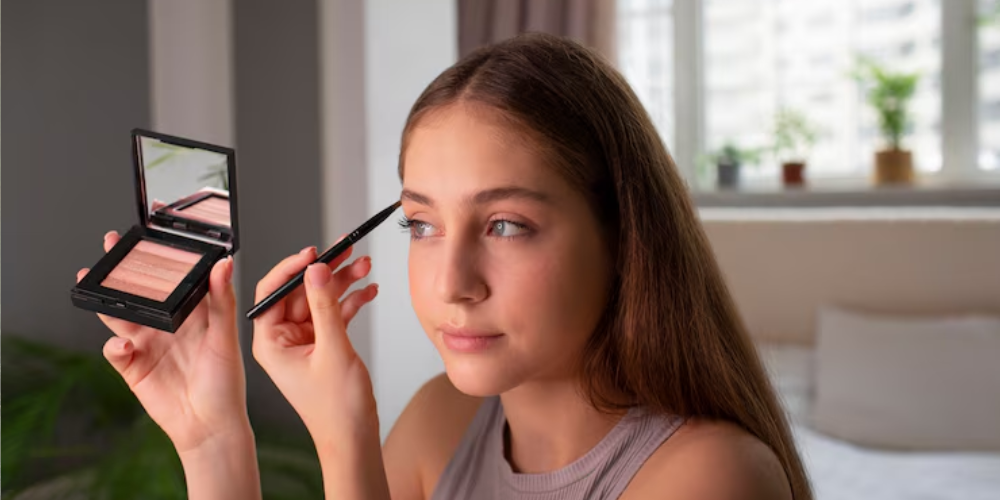
Are Beauty Dupes Worth the Hype?

Beauty fans are no strangers to the world of product swaps. Whether it’s a $10 concealer rivaling a luxury $50 one or a hair mask at the drugstore that gets compared to salon-grade formulas, there’s no denying the rise of “dupes” in the beauty space. And this isn’t just about affordability — it’s reshaping how shoppers interact with both high-end and accessible brands.
Dupes aren’t just lookalikes anymore; they’ve become a cultural shift, powered by social media, value-conscious consumers, and a smarter approach to shopping.
What Beauty Dupes Mean to Today’s Consumer
A beauty dupe is a lower-cost product that offers similar performance, look, or feel to a more expensive original. This might be a lipstick that mimics the color payoff of a luxury brand or a moisturizer with similar ingredients at a fraction of the cost. But what’s changed is how people are now embracing them — not just because they’re cheaper, but because they’re seen as smart alternatives.
Larissa Jensen, SVP of Beauty at Circana, explains the shift well. She notes that while some shoppers view dupes as a way to experience luxury without overspending, others believe true luxury is about more than price — it’s about brand heritage and exclusivity.
“It’s not just about affordability anymore,” she said. “Dupes give consumers access to trends, but for some, the original still holds emotional value.”
Social Media and the Dupe Movement

Freepik | TikTok and Instagram fuel beauty dupe virality via tutorials and reviews.
Platforms like TikTok and Instagram have turned beauty dupes into viral content. Tutorials, comparison videos, and influencer reviews are bringing once-niche finds into the mainstream. In fact, 59% of consumers say TikTok led them to a dupe purchase, followed by Instagram at 41%. Even Facebook and YouTube aren’t far behind.
These platforms don’t just boost awareness. They create a feedback loop where consumers become brand discoverers. Seeing a viral drugstore product compared to a luxury one often prompts shoppers to explore both — even if they originally only intended to try the cheaper version.
Dupes by the Numbers
While only 43% of consumers have already purchased a beauty dupe and would buy again, a massive 77% say they’re open to trying one. The numbers tell an even more interesting story across generations and product types:
Top product categories for beauty dupes:
– Skin care and makeup tie at 27%
– Hair care follows at 18%
– Fragrance comes in at 15%
– Hair tools trail at 8%
Generational preferences show clear trends:
– Gen Z and Millennials lean into makeup dupes
– Gen X and Boomers favor skin care swaps
– Boomers are most inclined toward hair care alternatives
The appeal cuts across income levels too. Among households earning over $200,000, 40% have purchased beauty dupes and would do so again. That’s just slightly less than the 43% in the $75,000–$99,999 income range.
What’s Really Driving the Dupe Craze?
It’s more than just saving money. For 80% of respondents, affordability is a key driver — but 76% also say dupes are simply more convenient. Many believe these products offer nearly the same quality and style, and 65% think trying a dupe makes them more aware of the original brand.
Here’s what else consumers had to say about why they reach for dupes:
– 78% like the original item but want a less expensive version
– 78% use dupes to test new trends without committing financially
– 68% believe the quality and experience are comparable to high-end options
Interestingly, only 14% of consumers believe higher price always or mostly means better quality. Most people — 58% — say they only sometimes associate cost with performance.
And when it comes to innovation versus cost? Half of all respondents say both matter equally. The modern shopper isn’t choosing between cutting-edge beauty and affordability. They’re looking for a balance that offers results without sacrificing smart spending.
Retailers Capitalizing on the Trend

Instagram | addisoncain | Walmart (27%) is the top choice among familiar retailers for beauty dupes.
Despite the heavy influence of social media, most shoppers still turn to familiar retailers when buying beauty dupes. Here’s where they’re shopping:
1. Walmart – 27%
2. Amazon – 21%
3. Target – 11%
4. Ulta Beauty and TikTok Shop – 7% each
5. Sephora – 3%
6. Shein/Temu – 5%
The shift here is clear: while luxury brands focus on prestige and legacy, mass retailers are cashing in by stocking lookalikes that satisfy both curiosity and cost-consciousness.
The Future of Beauty Shopping Lies in Choice
Beauty no longer lives in a world where high-end automatically means better. Consumers are making more informed decisions, fueled by online content, peer reviews, and direct product comparisons. Dupes have gone from being budget hacks to strategic buys — whether for daily staples or trending items.
Ultimately, beauty dupes are broadening access without undermining the luxury category. They’re creating conversation, driving product exploration, and giving every shopper — no matter their budget — the power to choose what feels right for them.
In this new era, beauty isn’t about where you buy. It’s about what works, what feels good, and what fits into your lifestyle.
More inBeauty & Cosmetics
-
`
How Upcycled Beauty Ingredients Are Reshaping the Industry’s Future
The beauty industry is going through a big shift — and it’s not just about trends. As waste problems grow and...
July 17, 2025 -
`
A Look Inside Faith Kipyegon’s Groundbreaking Mile Run in Paris
Last week in Paris, Faith Kipyegon returned to a place she knows well: Stade Sébastien Charléty. But this time, she wasn’t...
July 9, 2025 -
`
Dairy Is Making a Major Comeback — And Health Shoppers Are Loving It
Just a few years ago, dairy sat quietly in the back seat while plant-based alternatives took the spotlight. Now, it’s stepping...
July 4, 2025 -
`
Does Aging Cause Dental Problems?
Aging doesn’t automatically mean losing teeth or developing gum disease. In fact, older adults today are holding onto more of their...
June 25, 2025 -
`
How Upcycled Ingredients Are Shaping the Future of Cosmetics
What used to end up in bins or compost heaps is now finding a new life inside skincare bottles and beauty...
June 18, 2025 -
`
Rock Legend Rod Stewart Trains to Break Sprint Record at 80
Age isn’t slowing Rod Stewart down. Known worldwide for his legendary voice, stadium-filling tours, and timeless hits like “Maggie May”, the...
June 11, 2025 -
`
The Truth Behind Detox Diets – Health Boost or Risky Trend?
It’s hard to scroll through your feed without seeing someone sipping green juice with promises of instant energy, glowing skin, and...
June 3, 2025 -
`
Is Dr. Oz Fit to Lead Medicare?
The announcement of Dr. Mehmet Oz as President-elect Donald Trump’s pick to lead the Centers for Medicare and Medicaid Services (CMS)...
May 29, 2025 -
`
3 Beginner Skipping Workouts for Full-Body Fitness
If you’re on the hunt for an efficient, anywhere workout that torches calories and strengthens your entire body, it’s time to...
May 15, 2025

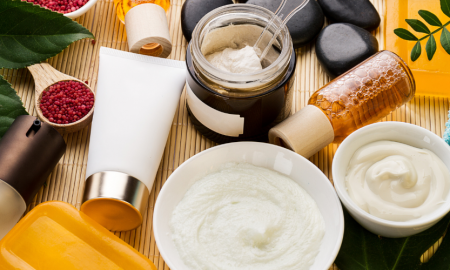

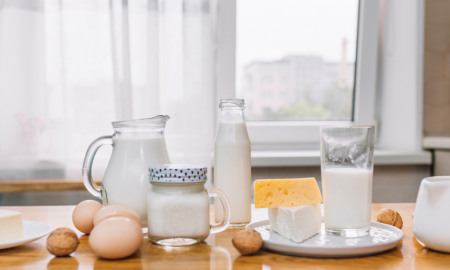

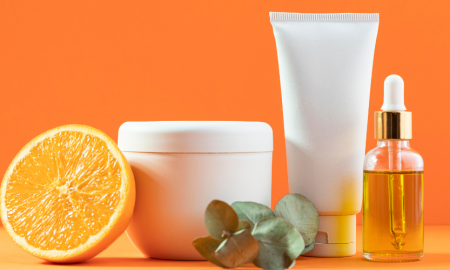

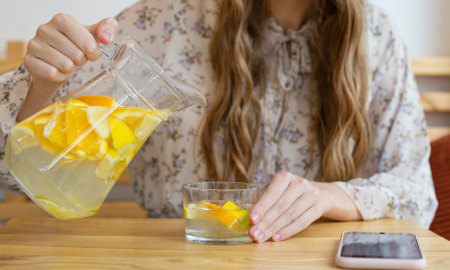

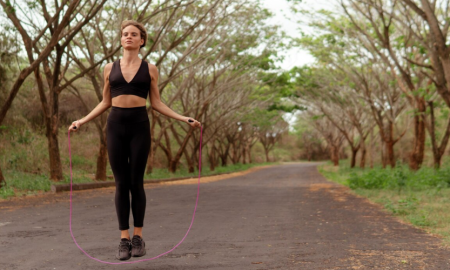
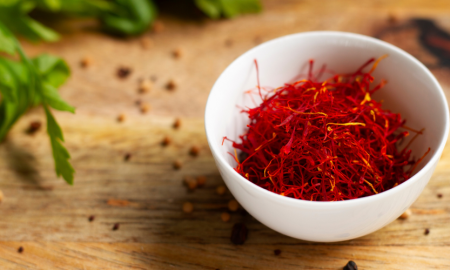




You must be logged in to post a comment Login